1 August 1778 – Launch of French Magicienne class 32 gun frigate Magicienne
Magicienne was a
frigate of the
French Navy, lead ship of
her class. The British captured her in 1781 and she served with the
Royal Navy until her crew burned her in 1810 to prevent her capture after she grounded at
Isle de France (now
Mauritius). During her service with the Royal Navy she captured several privateers and participated in the
Battle of San Domingo.
 Scale 1:48. Plan showing sheer lines (only one water line), proposed (and approved) for Magicienne (1781), a captured French Frigate, as altered to a 32-gun Fifth Rate Frigate, repairing and refitting at Harwich by Mr.Graham. Annotation in top right corner: "Acopy of this sent to the Overseer 10th March 1791 for fitting the ship according -" NMM, Progress Book, volume 5, folio 254, states that 'Magicienne' arrived at Mr Graham's Yard in Harwich and was hove upon a slip on 21 September 1790, and her copper removed. She was undocked on 14 January 1793 and sailed on 14 February 1793 having undergone a Great Repair.
Scale 1:48. Plan showing sheer lines (only one water line), proposed (and approved) for Magicienne (1781), a captured French Frigate, as altered to a 32-gun Fifth Rate Frigate, repairing and refitting at Harwich by Mr.Graham. Annotation in top right corner: "Acopy of this sent to the Overseer 10th March 1791 for fitting the ship according -" NMM, Progress Book, volume 5, folio 254, states that 'Magicienne' arrived at Mr Graham's Yard in Harwich and was hove upon a slip on 21 September 1790, and her copper removed. She was undocked on 14 January 1793 and sailed on 14 February 1793 having undergone a Great Repair.
Read more at http://collections.rmg.co.uk/collections/objects/82924.html#Ym4ogp7gdmPxF2JC.99
French service and capture
Magicienne was built to a design by Joseph-Marie-Blaise Coulomb at Toulon. She was the first of 12 vessels built to her design.
She served in
Orvilliers' fleet under captain Brun de Boades.
HMS Chatham captured her on 2 September 1781 off
Cape Ann. In the action the French lost 60 men killed and 40 wounded; the British lost one man killed and one man wounded. She was described as being of 800 tons, 36 guns and 280 men.
A prize crew took her to
Halifax where she was recommissioned in the Royal Navy as HMS
Magicienne under
Thomas Graves, on the North America station. They sailed her to Jamaica in December.
British service
On 15 July 1782,
Magicienne and
Prudent captured three French merchant vessels carrying sugar from Martinique to Europe. These were the ship
Tea Bloom, the
snow Balmboom, and the brig
Juno.
Juno was also carrying rum.
On 2 January 1783,
Magicienne, met the
Sibylle. The ships
fought inconclusively, reducing each other to wrecks before parting. In September 1783
Magicienne was paid off and fitted for
ordinary at Chatham on 30 October.
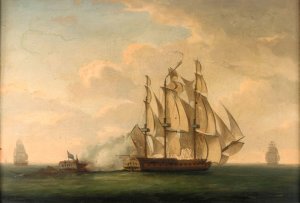 Magicienne
Magicienne dismasted after her fight against
Sibylle (January 1783)
French Revolutionary Wars
On 29 April
Magicienne was in company with
Aquilon,
Diamond,
Minerva,
Syren,
Camilla, and
Childers, when
Acquilon captured the
Mary.
On 1 November 1796,
Magicienne, under the command of Captain William Henry Ricketts, captured the French brig
Cerf Volant (
enseigne de vaisseau Camau), off San Domingo.
Cerf Volant was flying a flag of truce and had on board a midshipman and several British seamen, prisoners from
Hindostan, to give the appearance that
Cerf Volant was a
cartel. She was carrying delegates from the Southern Department of St. Domingo to the French Legislative Body, and hidden dispatches for the Directory General, that a search the next day uncovered. The hidden dispatches violated the truce flag and made
Cerf Volant a legitimate prize. The search also uncovered a box of money. Though
Cerf-Volant was only three years old, the Royal Navy did not take her into service.
In early 1797,
HMS Magicienne captured two privateers named
Poisson Volant. One was armed with 12 guns and had a crew of 80 men, and the other was armed with five guns and had a crew of 50 men. One was captured on 13 January, and the other on 16 February. Bounty bills (head money) was paid in September 1827. A later account narrates that
Poisson Volant was a Dutch privateer, out of
Curacao, and that
Magicienne sent her into Jamaica to be condemned as a prize.
In late 1797 or early 1798,
Magicienne, the troopship
Regulus, and the
brig-sloop Diligence captured the French privateer
Brutus, of nine guns.
After the crew of
Hermione mutinied and murdered her captain,
Hugh Pigot, in 1797,
Magicienne was involved in the efforts to capture the mutineers and bring them to trial.
On 23 November 1800 Captain Sir
Richard Strachan in
Captain chased a French convoy in to the
Morbihan where it sheltered under the protection of shore batteries and a 24-gun corvette.
Magicienne was able to force the corvette
Réolaise onto the shore at Port Navalo. The
hired armed cutters Suworow,
Nile and
Lurcher then towed in four boats with a
cutting-out party of seamen and marines from
Captain and
Magicienne. Although the cutting-out party landed under heavy grape and small arms fire, it was able to set the corvette on fire; shortly thereafter
Réolaise blew up. Only one British seaman, a crewman from
Suworow, was killed. However,
Suworow's sails and rigging were so badly cut up that
Captain had to tow her.
In January 1801,
Magicienne, with
Doris in sight, captured in the Channel the French
letter of marque Huron, which was returning from Mauritius with a highly valuable cargo of ivory, cochineal, indigo, tea, sugar, pepper, cinnamon, ebony, etc. Ogilvy described her as a "remarkable fine Ship, fails well, is pierced for Twenty Guns, had Eighteen mounted, but threw thorn all overboard except Four during the Chace; I think her a Vessel well calculated for His Majesty's Service."


 Napoleonic Wars
Napoleonic Wars
On 24 July 1804
Amethyst, while in company with
Magicienne, captured the
Agnela.
Early in March 1805,
Magicienne and
Reindeer sent two boats each, under the command of Lieutenant
John Kelly Tudor of
Reindeer, to cut out a 4-gun schooner from under a battery in
Aguadilla Bay, Puerto Rico.
In 1806, while under the command of Captain
Adam Mackenzie, she cruised in the Caribbean. On 25 January 1806,
Magicienne was in company with
Penguin in the
Mona Passage when
Magicienne captured the Spanish
packet ship Carmen after a chase of 12 hours.
Carmen was pierced for 14 guns but carrying only two, and had a crew of 18 men under the command of an officer of the same rank as a commander in the British Navy.
Magicienne joined
John Thomas Duckworth's squadron on 5 February, which led to her taking part in the Battle of San Domingo. Duckworth sent
Magicienne and
Acasta to reconnoitre, and it was they that signaled that the French were at anchor, but getting under way. Duckworth formed up the smaller ships,
Acasta,
Magicienne,
Kingfisher and
Epervier, windward of the line-of-battle ships to keep them out of the action.
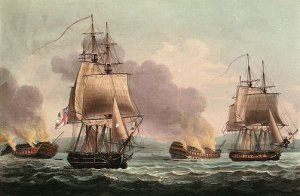 HMS Magicienne
HMS Magicienne and
HMS Acasta and the
Battle of San Domingo
Donegal forced the surrender of the
Brave and directed
Acasta to take possession of her, whilst the
Donegal moved on to engage the other French ships.
Brave was one of the three that the British captured, the other two being the
Jupiter and the
Alexandre. Their captains drove two French ships, the flagship,
Impérial, and the
Diomède, on shore between Nizao and Point Catalan, their hulls broadside to the beach and their bottoms stove in by the reefs that lay offshore, to prevent their capture.
On 8 February Duckworth sent boats from
Acasta and
Magicienne to the wrecks. Boarding unopposed, the boat parties removed the remaining French crewmen as prisoners and set both ships on fire. Lastly, in 1847 the Admiralty awarded the surviving claimants from the action the Naval General Service Medal with clasp "St. Domingo".
On 18 August
Magicienne was in company with
Penguin,
Franchise, and
Veteran as they escorted a fleet of 109 merchantmen from Jamaica to Britain. The convoy cleared the Gulf of Florida but between 19 and 23 August they ran into a gale that did not fully abate until 25 August. Initial reports had nine vessels foundering, with the crew of some being saved; later reports put the loss at 13 merchant vessels foundered and two abandoned but later salvaged.
Franchise lost her fore-mast and main-top-mast but together with
Penguinmanaged to bring 71 merchant vessels back to England. (Others arrived earlier or later, and some went to America.)
Magicienne, however, was so badly damaged that she had to put in at Bermuda for repairs.
In December 1809,
Magicienne served in the Indian Ocean. During the
Mauritius campaign of 1809–1811, the French Navy captured the
East Indiaman Windham in the
Action of 18 November 1809 but the newly arrived
Magicienne under Captain
Lucius Curtisrecaptured her on 29 December 1809.
Loss
In March 1810,
Magicienne was part of a frigate squadron comprising
Iphigenia and
Leopard, later joined by
Nereide and
Sirius.
The summer of 1810 saw a campaign against the French Indian Ocean possessions; The Île de Bourbon (
Réunion) was captured in July. In August, attention was turned to
Mauritius, where the British attempted to land troops to destroy coastal batteries and signals around Grand Port; the attempt turned sour, however, when two French forty-gun frigates,
Bellone and
Minerve, the 18-gun corvette
Victor, and two
East Indiaman prizes entered the harbour and took up defensive positions at the head of the main entrance channel. The French also moved the channel markers to confuse the British approach.
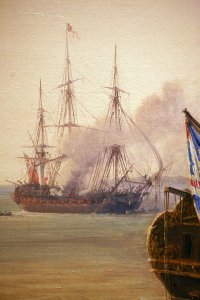 Magicienne
Magicienne, aground, being scuttled at the Battle of Grand Port.
In the run-up to the battle,
Sirius re-captured
Windham, which the French had captured a second time in the
Action of 3 July 1810. On the 23 August 1810 the British squadron entered the channel at Grand Port.
Sirius was the first to run aground, followed by
Magicienne and
Néréide.
Iphigenia prudently anchored in the channel some distance from the action. The French vessels concentrated all their gunfire first against
Néréide and then against
Magicienne.
The battle continued without interruption all night and on the 24 August the French boarded the defenceless
Néréide. Once the French flag was hoisted on what was left of the foremast of the
Néréide,
Magicienne and the
Sirius began an intense cross fire against their enemies. Still, in the evening her crew had to abandon
Magicienne, setting her on fire as they left her.
Magicienne lost eight men killed and 20 wounded.
The battle cost the British all four frigates, including
Iphigenia and
Sirius.
https://en.wikipedia.org/wiki/French_frigate_Magicienne_(1778)
https://en.wikipedia.org/wiki/Magicienne-class_frigate
http://collections.rmg.co.uk/collec...5;browseBy=vessel;vesselFacetLetter=M;start=0
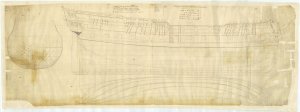

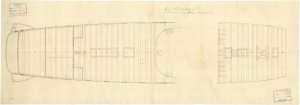
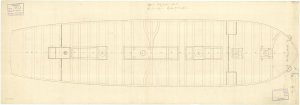














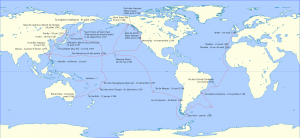
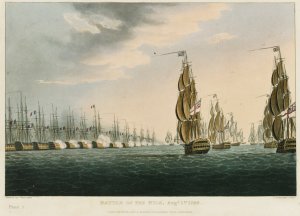
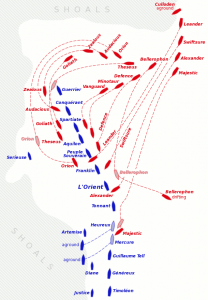
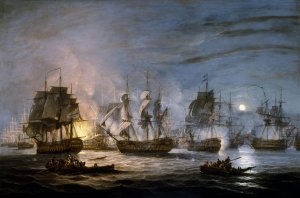
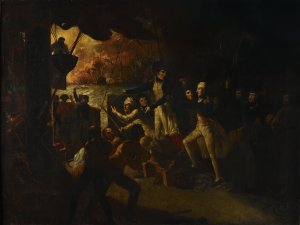
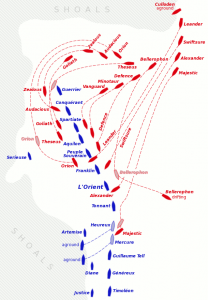
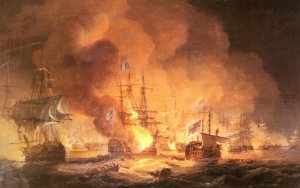
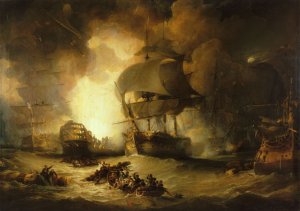
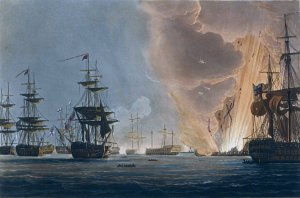
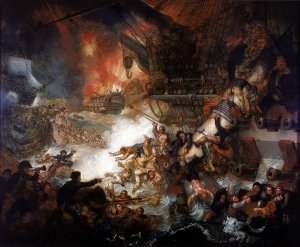
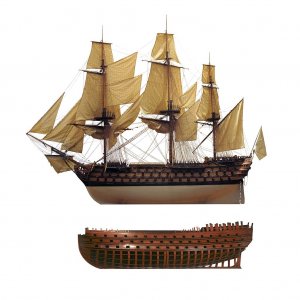
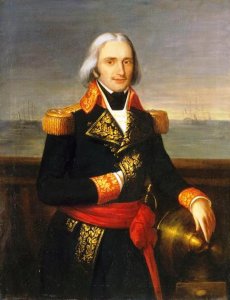
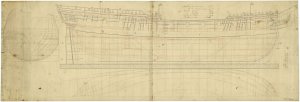

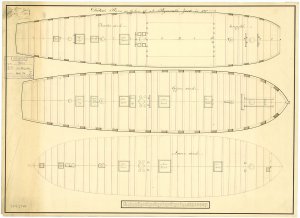
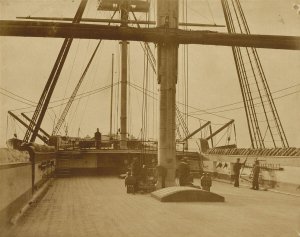
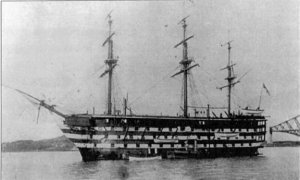
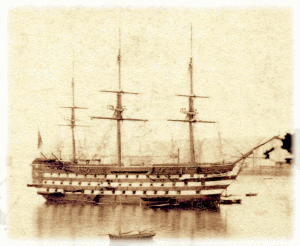
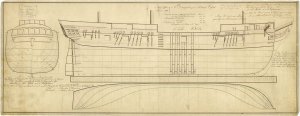
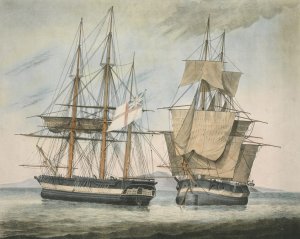
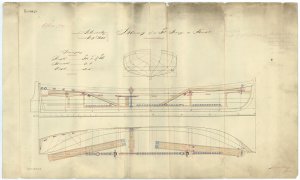
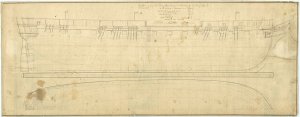
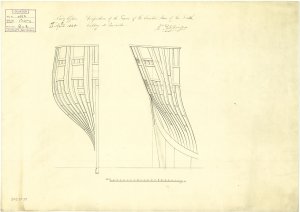
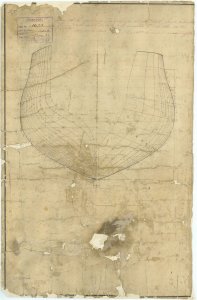
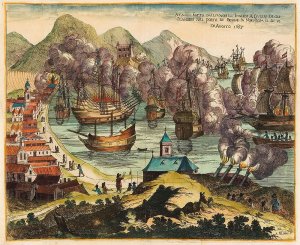
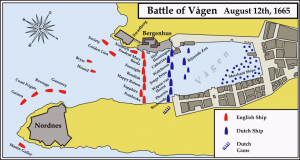


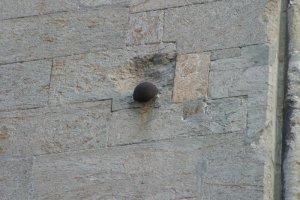
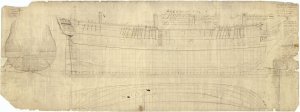
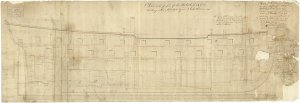
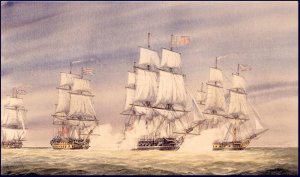
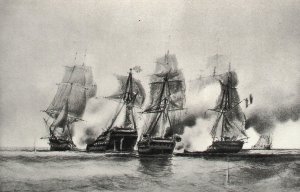
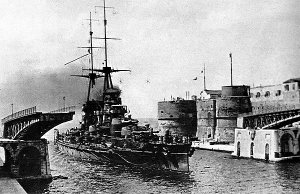
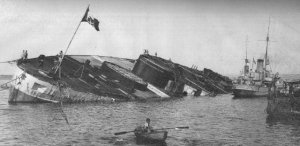
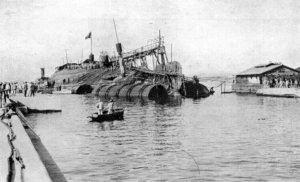
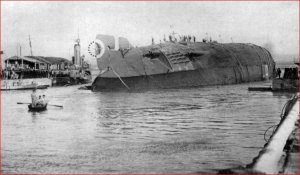
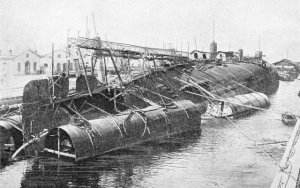
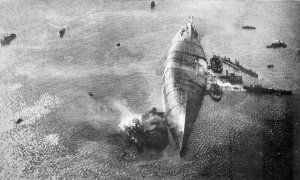
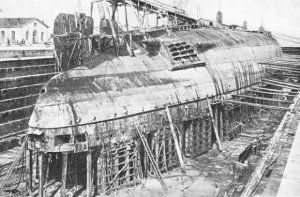
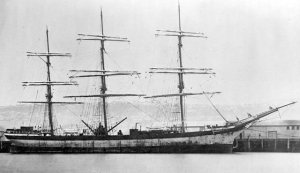
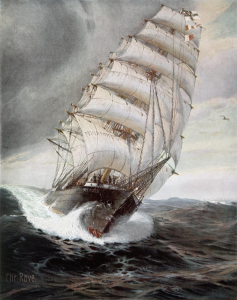
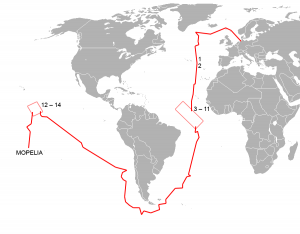
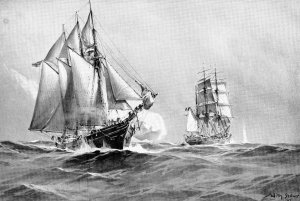
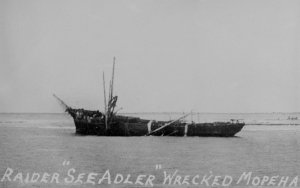
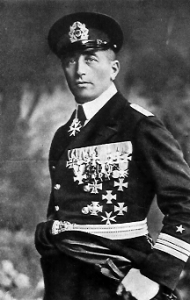
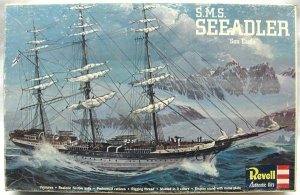
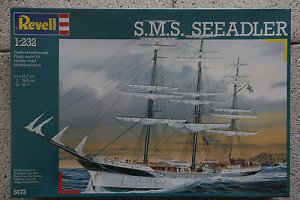
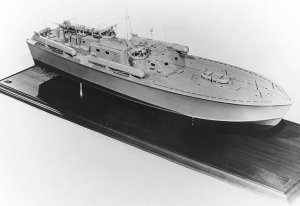
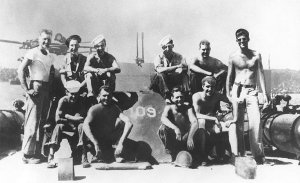
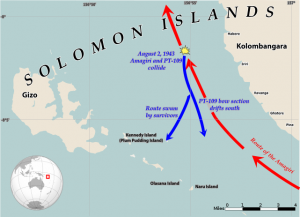
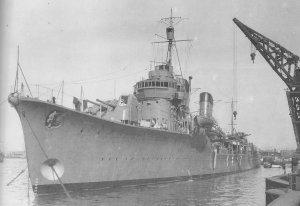
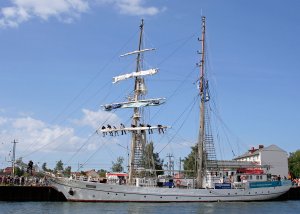
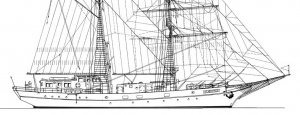
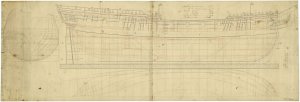
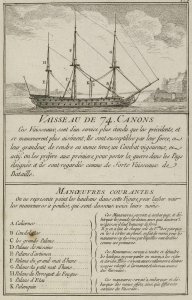
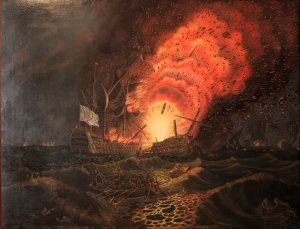
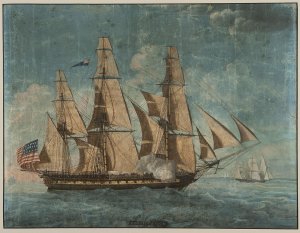
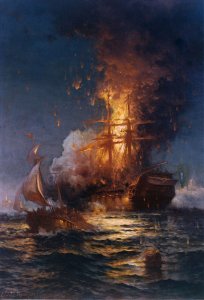
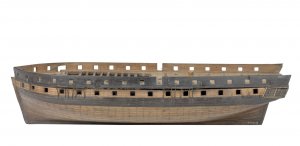
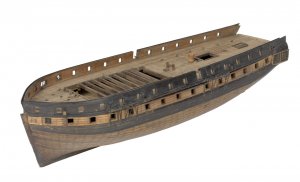
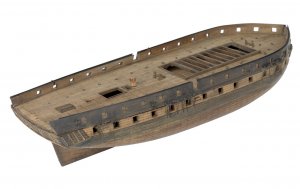
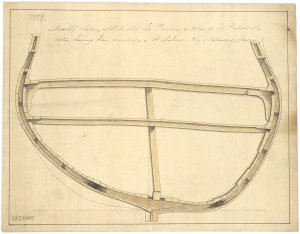
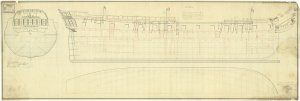
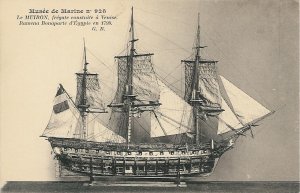
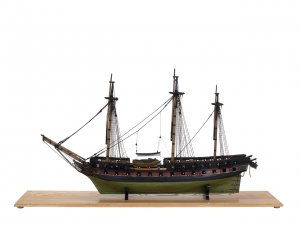
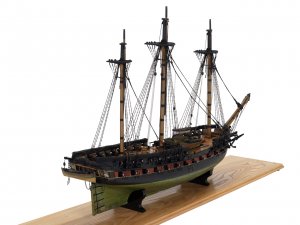
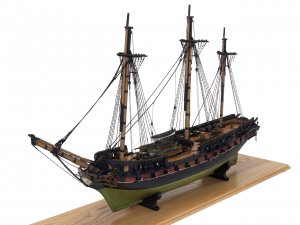
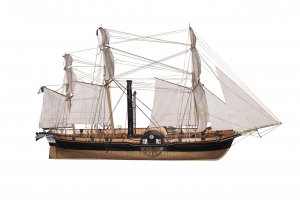
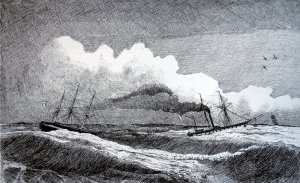
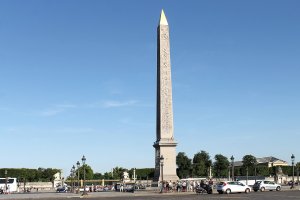
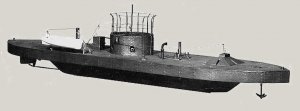
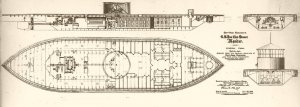
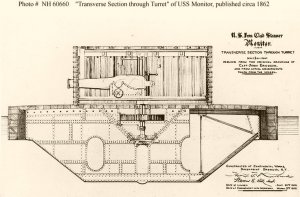
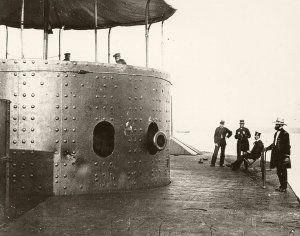
 , Virginia
, Virginia